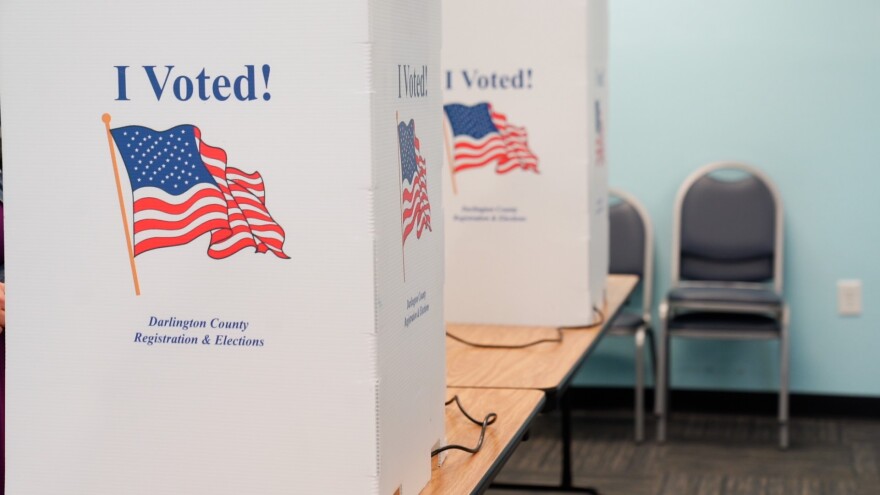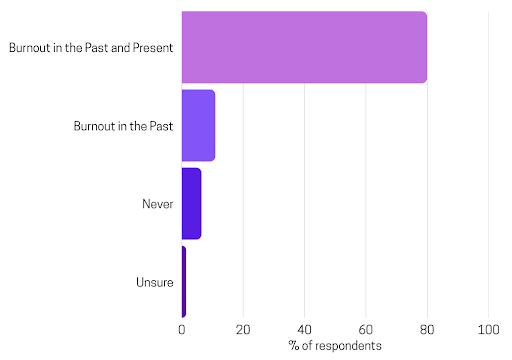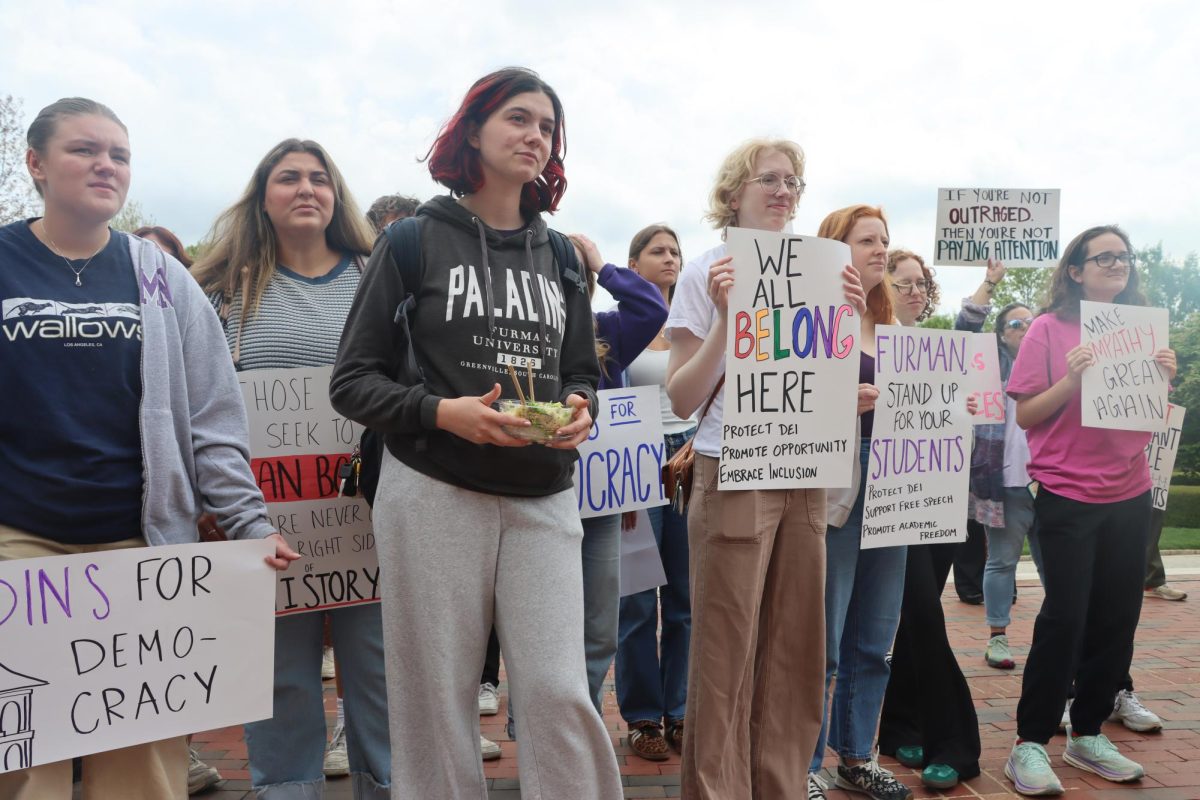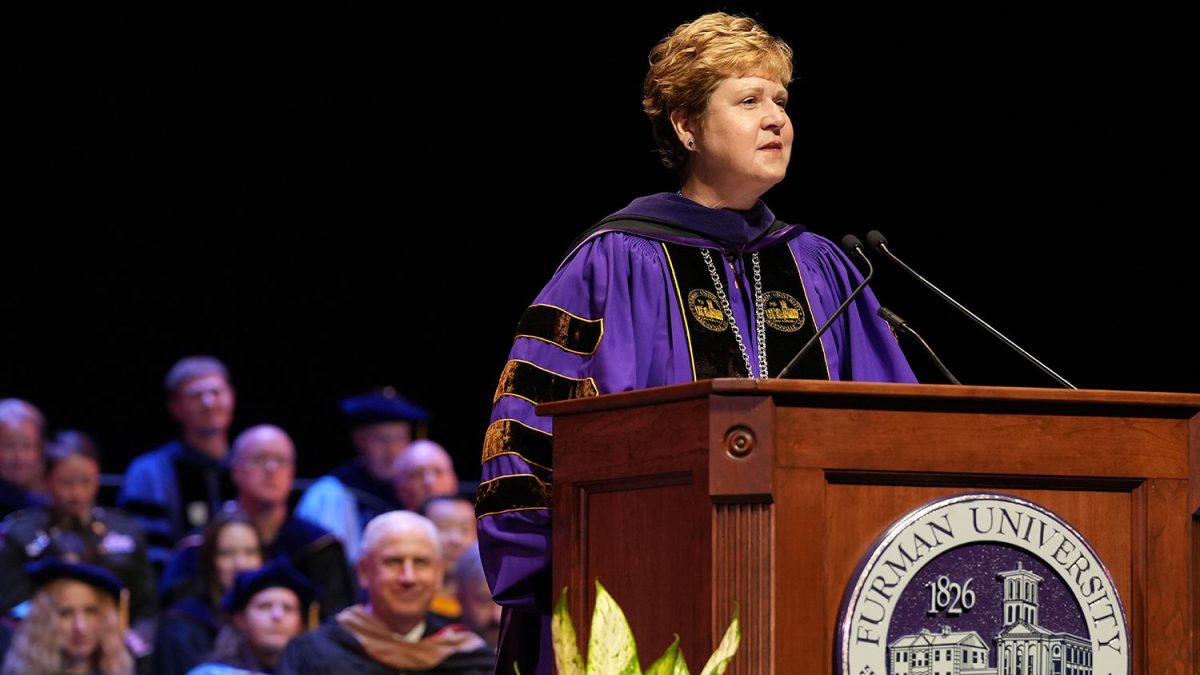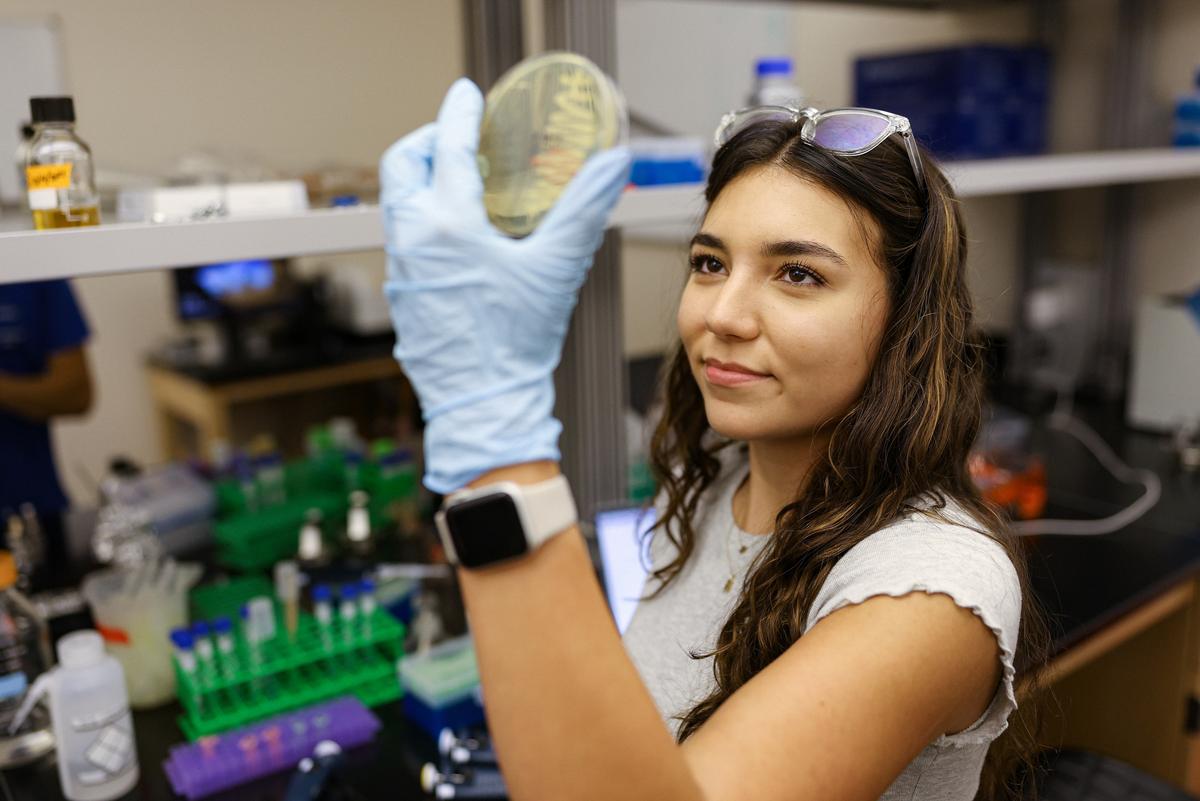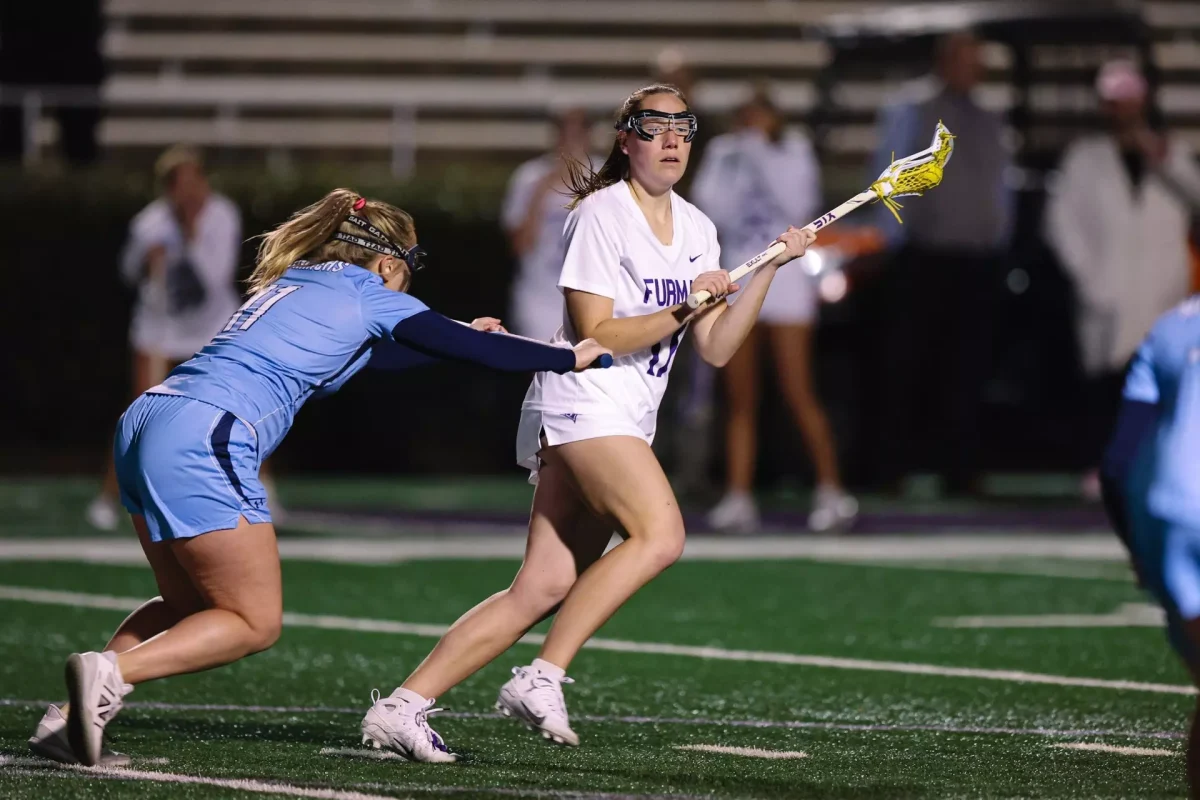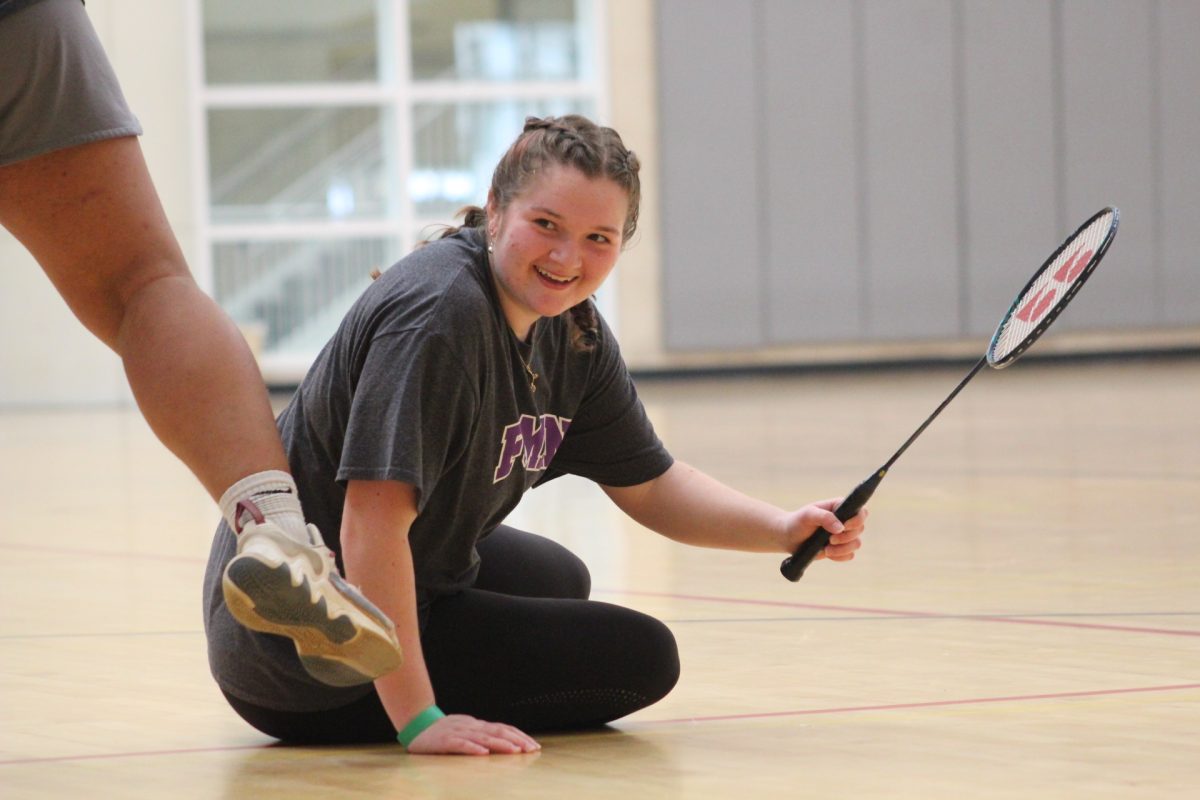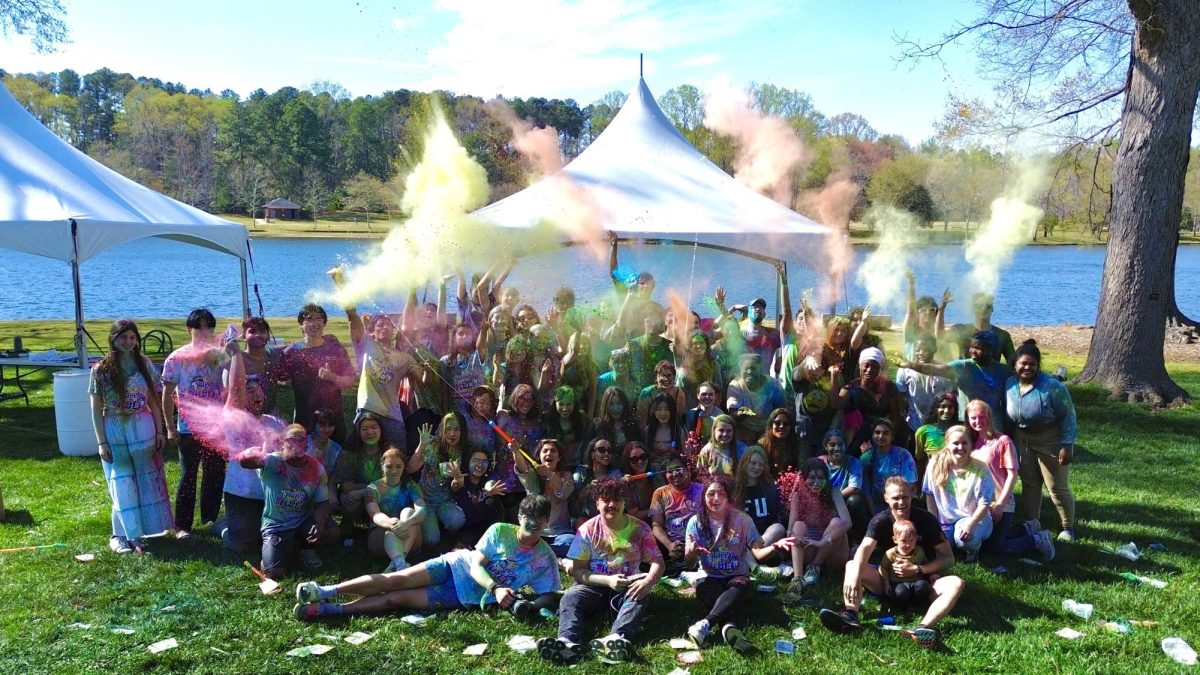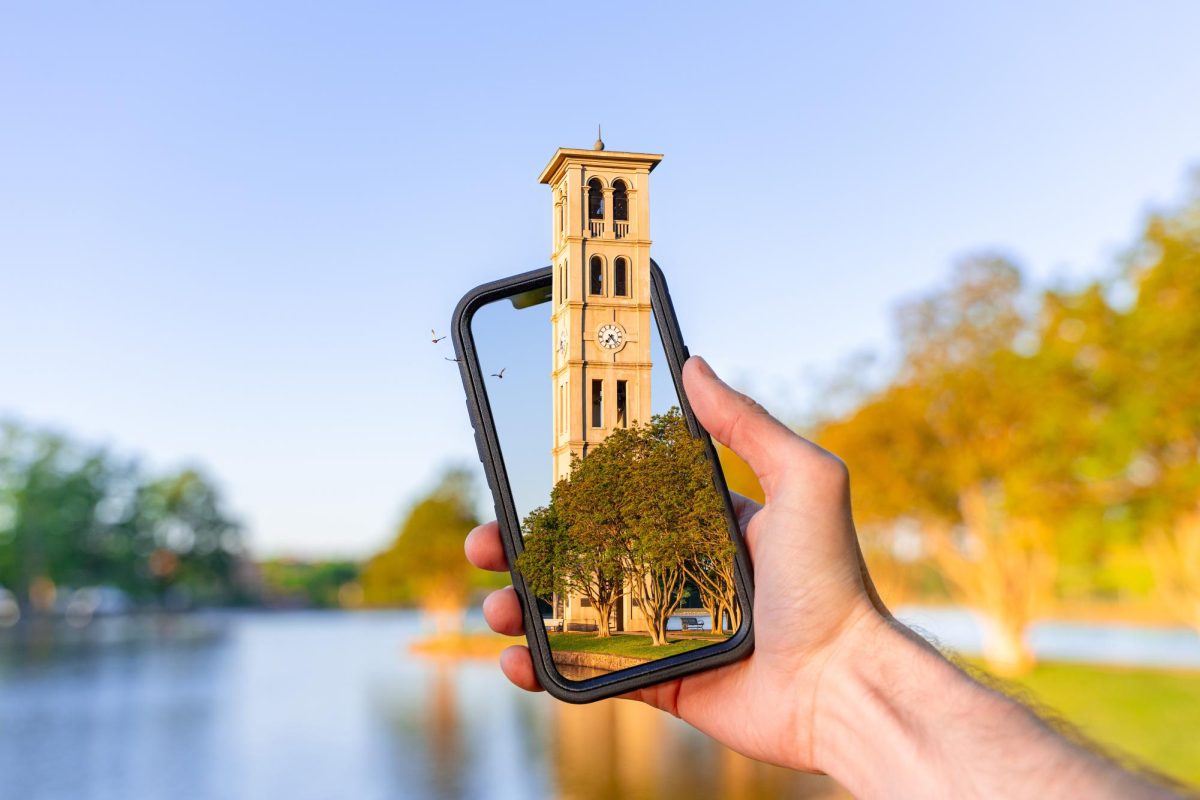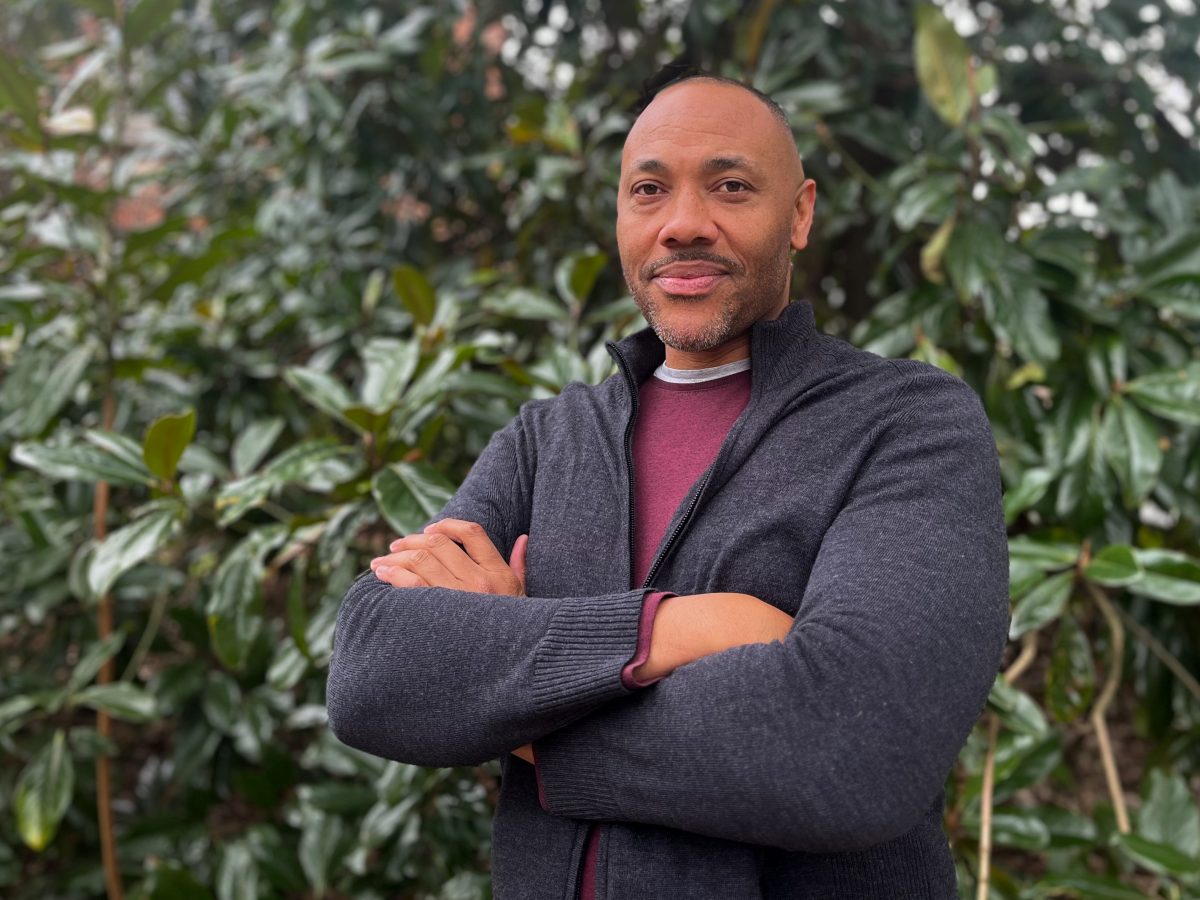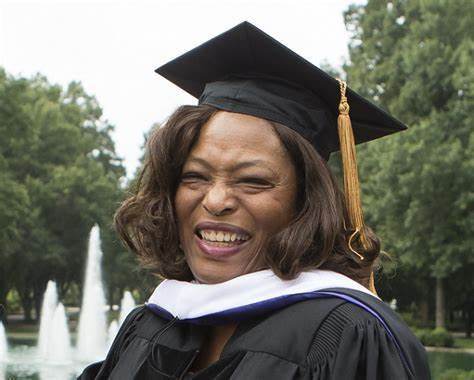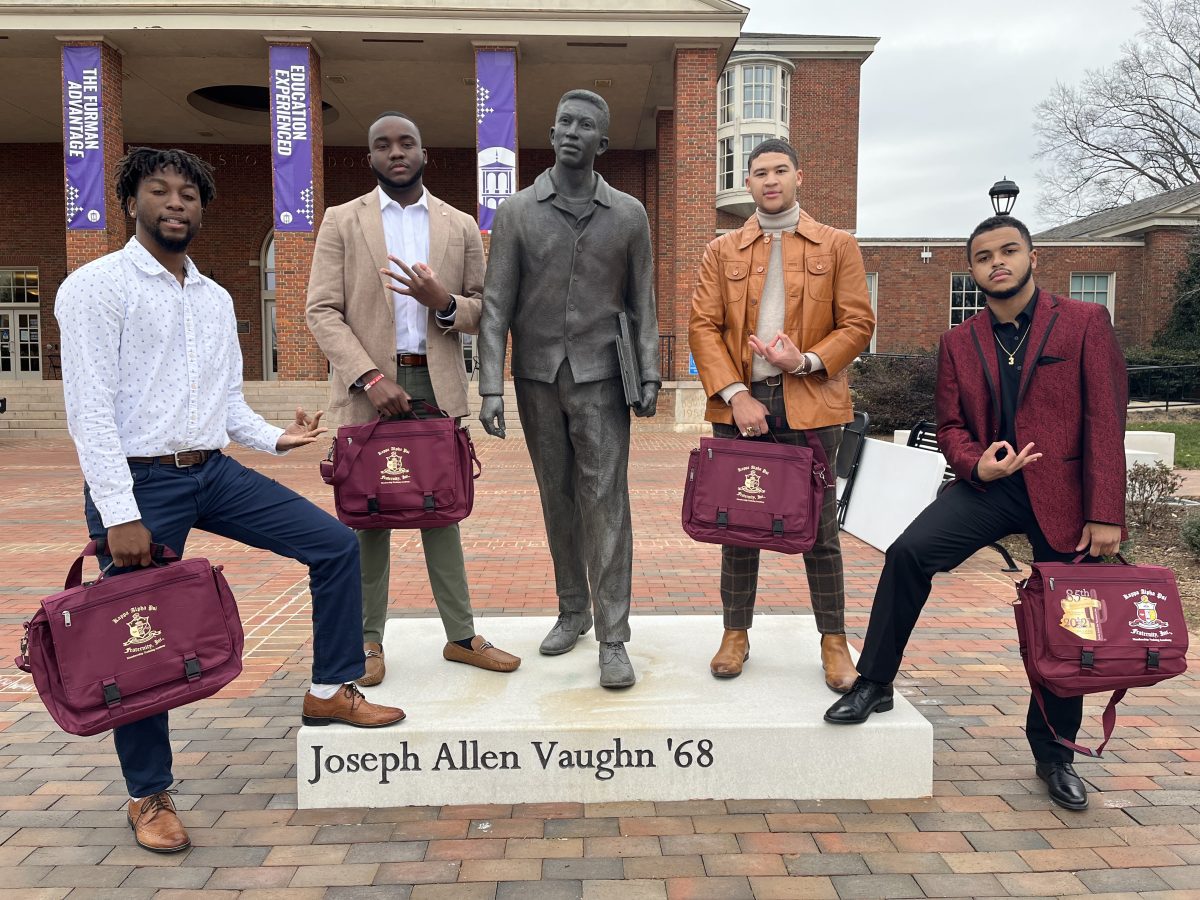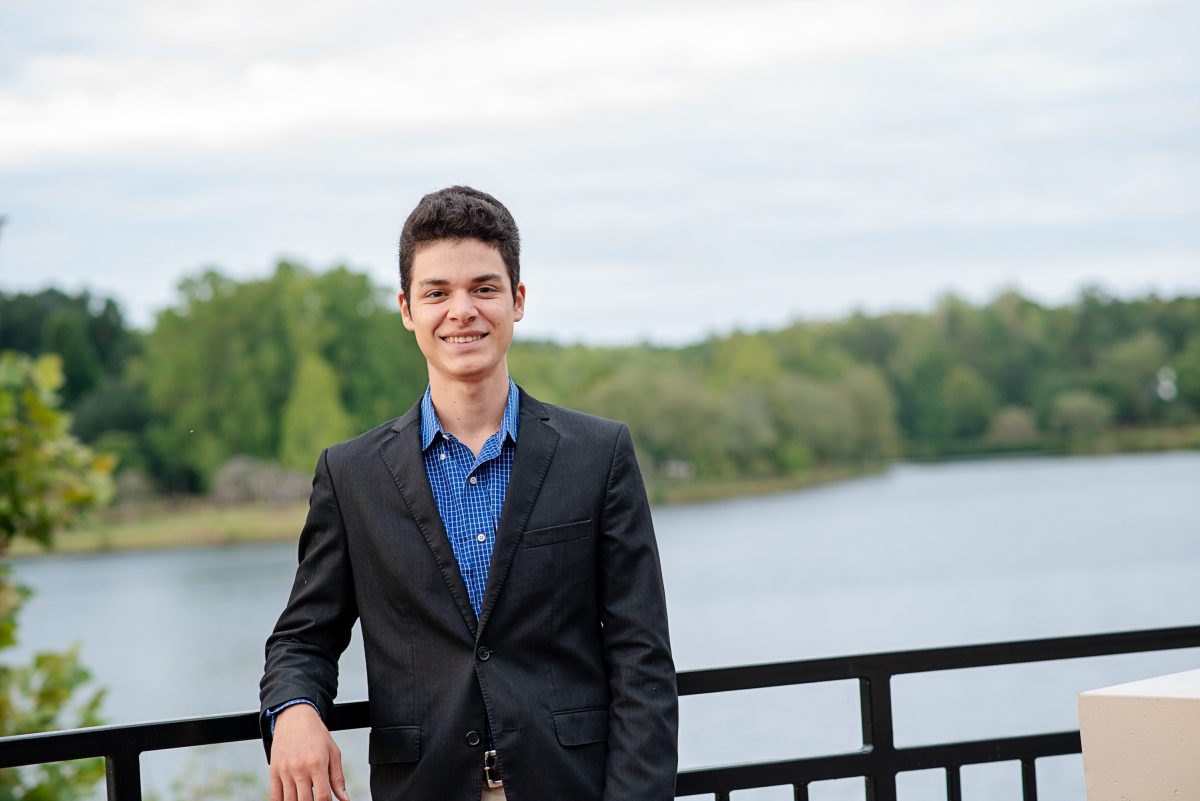In an email sent on Sept. 2, President Elizabeth Davis shared the results and tentative future of Furman University’s initiative for diversity, equity and inclusion through the release of the Campus Climate Assessment Report. The university recruited the assistance of data analysts to assess how students feel about campus diversity and how included they feel in their school environment.
“Furman University is committed to fostering a thriving campus community where everyone has a sense of belonging and feels supported,” said Davis in the email.
The report indicated strengths in DEI that the diversity of the student body is increasing, along with faculty. What’s more, minorities do feel like they are welcomed as a part of the community. The staff involved in the DEI initiatives reported that they feel as if it is “rewarding work.”
While Furman has made improvements in DEI, there remains progress to be made for marginalized students. The assessment revealed that despite Furman University’s goals for equality and inclusion, there needs to be more institutional dedication and resources allocated to DEI.
According to the Campus Climate Assessment, many minority individuals, including those who identify as African American/Black, Non-Binary, or those who hold a spiritual belief over a religious one and LGBTQ+ students, feel underrepresented in the Furman Community. Many of the minorities represented in the survey responses feel as though the initiative is more about presentation than action. They share in the survey, which consisted of 80 participants, that there is no true commitment to the initiative and that the groups themselves feel forced to educate others. Another area key area for improvement is the reported lack of prioritizing diversity in the hiring process and low staff morale.
“Although Furman shows strong initial efforts related to [the initiative] on campus, the documents, plans and suggestions have not translated into action as well as they could,” Anita Davis, head analyst of the climate assessment, shares in the document.
In order to reach their goal of full inclusion, the analysts provided recommendations on how both staff and students can help in the journey to becoming more inclusive. For students, it is encouraged that not only should they be more open to other’s experiences and be willing for change and advocacy, but also to be willing to hold a responsibility for the initiative. The report also suggests that students form groups that host events to promote these initiatives. Students are encourages to discuss these issues as a community..
In the email, President Davis outlined Furman’s next steps following the survey results. Improving the staff and faculty diversity through the hiring process and filling the Vice President for Diversity, Equity, and Inclusion are two main goals. Updates will be continual.

